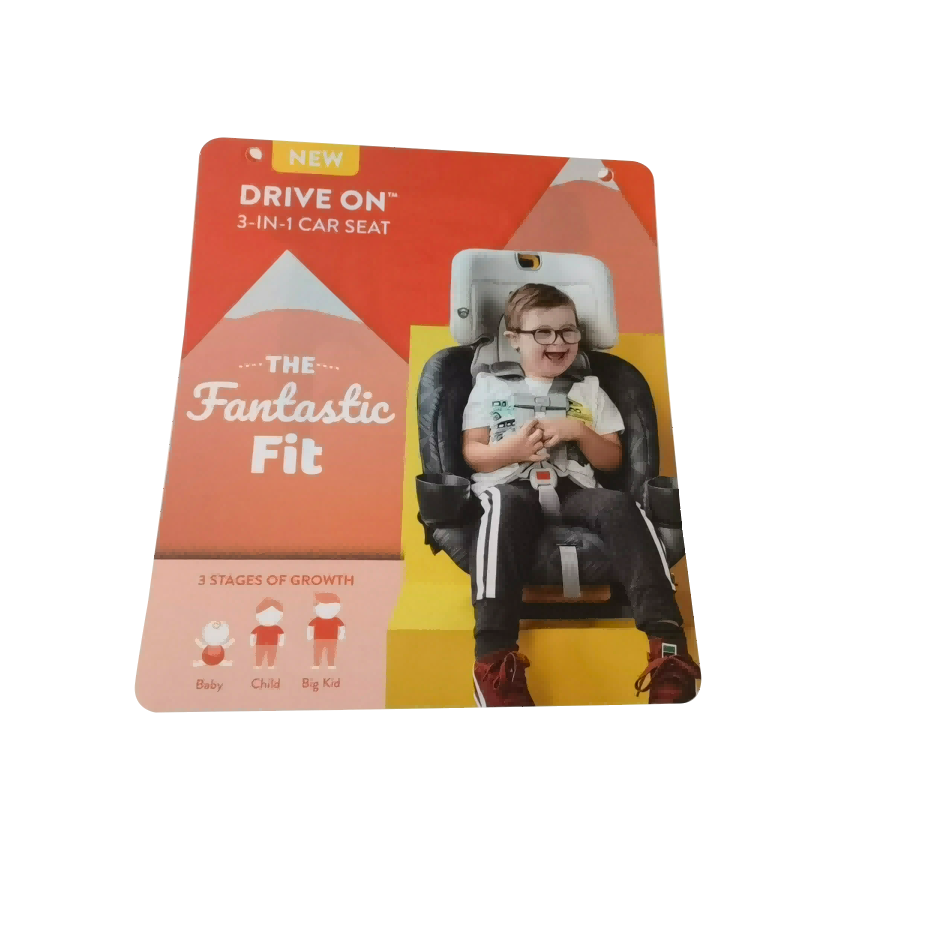Custom packaging is a powerful tool for small businesses to enhance brand identity, stand out from competitors, and create memorable experiences for customers. However, for many small businesses, navigating the process of obtaining custom packaging can seem daunting. In this article, we will explore practical steps and resources to help small businesses acquire custom packaging that meets their needs and budget.
1. Define Your Packaging Requirements:
Before embarking on the journey to obtain custom packaging, it's essential to define your packaging requirements. Consider factors such as product size, shape, weight, and fragility, as well as any specific design elements or branding requirements you'd like to incorporate. Understanding your packaging needs will help streamline the process and ensure you find the right solution for your business.
2. Research Packaging Suppliers:
Start by researching packaging suppliers that specialize in serving small businesses. Look for suppliers that offer custom packaging solutions tailored to your industry and product type. Online directories, trade shows, and industry associations can be valuable resources for finding reputable packaging suppliers. Pay attention to factors such as pricing, minimum order quantities, lead times, and customer reviews when evaluating potential suppliers.

3. Request Quotes and Samples:
Contact multiple packaging suppliers to request quotes and samples for your custom packaging project. Provide detailed specifications and design requirements to ensure accurate quotes and samples that meet your needs. Compare pricing, quality, and turnaround times from different suppliers to find the best value for your budget. Requesting samples allows you to assess the quality and suitability of the packaging materials firsthand before making a decision.
4. Consider Eco-Friendly Options:
Incorporating eco-friendly packaging materials into your custom packaging can not only align with your brand values but also appeal to environmentally conscious consumers. Look for packaging suppliers that offer sustainable options such as recycled paper, biodegradable plastics, and compostable materials. Many suppliers specialize in eco-friendly packaging solutions and can help you make informed choices that minimize your environmental footprint.
5. Collaborate on Design:
Work closely with your chosen packaging supplier to collaborate on the design of your custom packaging. Provide clear guidelines, branding assets, and design inspiration to ensure the final product reflects your brand identity and messaging. Many packaging suppliers offer design services or can recommend trusted graphic designers who specialize in packaging design. Be open to feedback and revisions to achieve the desired look and functionality for your packaging.
6. Optimize for Cost-Effectiveness:
Custom packaging doesn't have to break the bank for small businesses. Look for opportunities to optimize your packaging design and materials to maximize cost-effectiveness without compromising quality or branding impact. Consider factors such as material efficiency, standardized sizes, and printing techniques to minimize production costs. Additionally, explore options for bulk ordering or volume discounts to further reduce per-unit costs.

7. Evaluate Production and Delivery:
Once you've finalized the design and specifications for your custom packaging, coordinate with your packaging supplier to finalize production and delivery logistics. Clarify lead times, production schedules, and shipping methods to ensure timely delivery of your packaging materials. Communicate closely with your supplier throughout the production process to address any potential issues or delays proactively.
8. Test and Iterate:
Before launching your custom packaging to market, conduct thorough testing to ensure its functionality, durability, and visual appeal. Test packaging prototypes with your actual products to assess fit, protection, and presentation. Solicit feedback from employees, friends, family, and even loyal customers to identify any areas for improvement. Iterate on the design and materials based on feedback to optimize the packaging for maximum effectiveness.
Conclusion:
Obtaining custom packaging for small businesses requires careful planning, research, and collaboration with packaging suppliers. By following these steps and leveraging available resources, small businesses can acquire custom packaging solutions that elevate their brand, enhance product presentation, and delight customers. Custom packaging is an investment in the success and sustainability of your business, allowing you to differentiate yourself in the marketplace and create memorable experiences that drive customer loyalty and repeat business.
© Copyright: Shenzhen Asoka Printing Co.,Ltd All Rights Reserved. sitemap.xml | sitemap.html | Terms & Conditions | Privacy